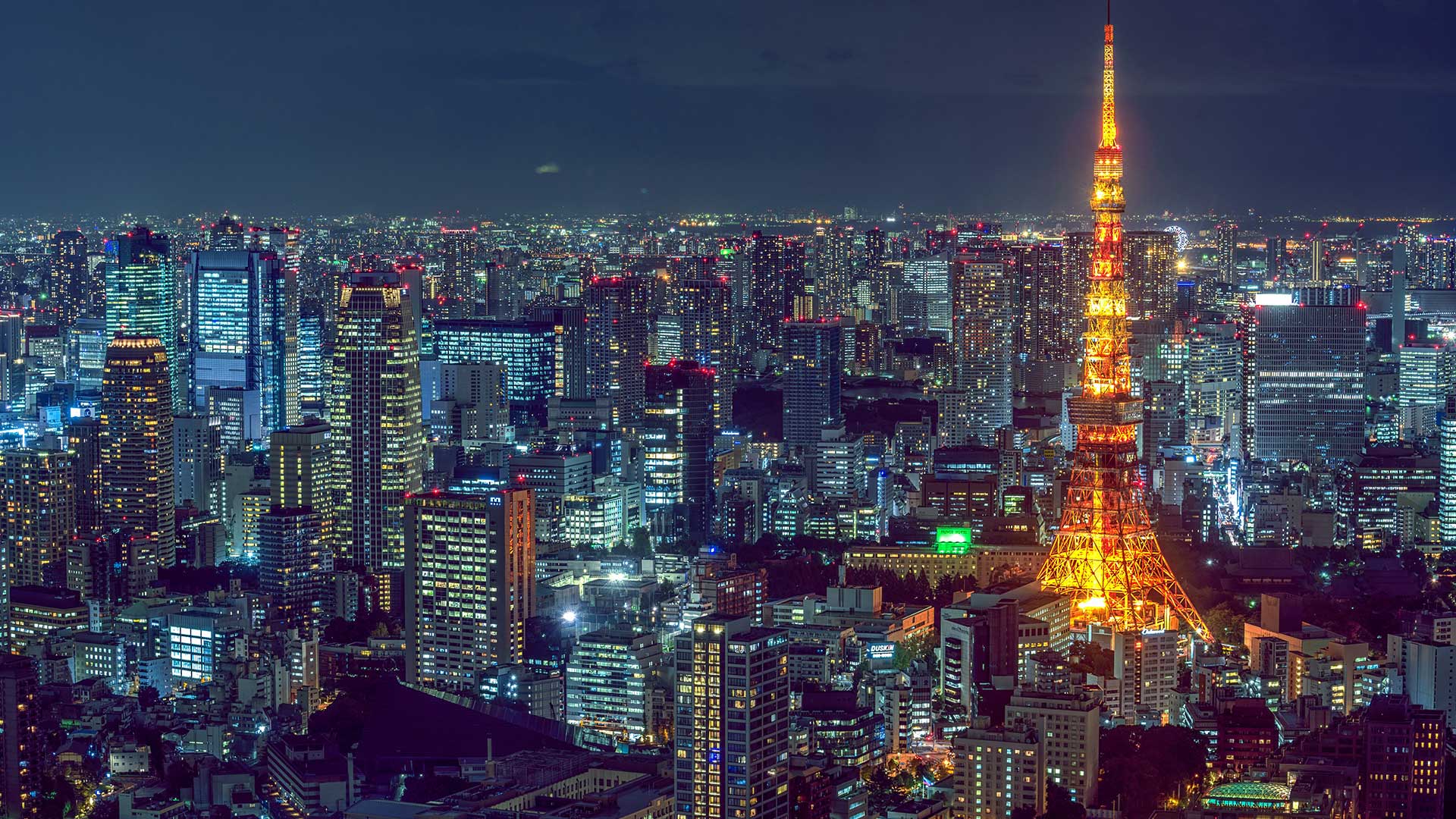How to Properly Take In Tokyo
Let’s face it; Tokyo is a massive city. With 38 odd million people in its catchment area, it is easily the biggest city in the world and you really feel it when you hit Shinjuku railway station at rush hour! It’s a moving wall-to-wall carpet of people.
This can be pretty intimidating when you come from a small place like Whanganui, Masterton or even Auckland by comparison, where rush hour means maybe a wait of an extra traffic light sequence. So many people tell me they’d love to go to Japan but don’t think they can handle the colossal crush of that many people…
Try a bite-sized chunk
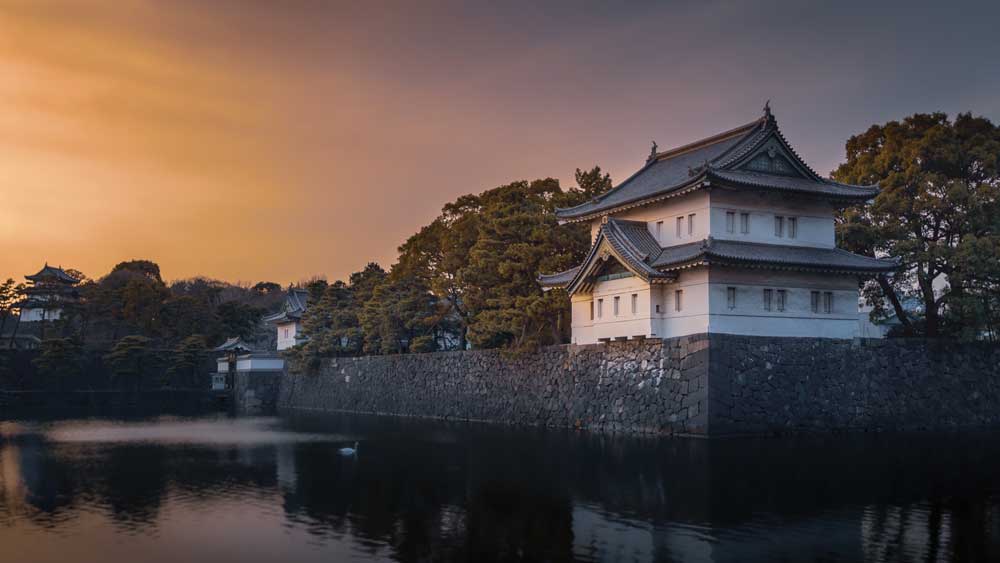
The thing is; just as we actually live in suburbs like Castlecliff, Solway or Point Chevalier, most Tokyoites live in smaller districts too. And the vast majority of them live in massive collateral zones outside the central city like Yokohama, Kawasaki, Saitama and Chiba that are best ignored. Once you realise this, then you don’t really have to deal with all of those millions of bodies unless you catch a suburban train out to their sprawling conglomerates of featureless apartment block complexes. By focusing only on all the really interesting and fun parts of Tokyo – the ones inside or near to the Yamanote train loop – then you’ll be surprised to find that it’s nowhere near as overcrowded and intimidating as you thought.
Inside this ‘Yamanote zone’ are a bunch of amazing areas, each with its own individual identity that together make up that crazy quilt which is Tokyo. One of these cool areas is Takeshiba, which is right in the middle of the city between the traditional Tokyo and newer Minato special wards. From here you are only a stone’s throw away from a bunch of the best things worth seeing in town; from the haughty Imperial Palace to the luxury shopping in Ginza and nightclubbing in Roppongi to hanging out with the students in Shibuya or the hordes of black-suited company men in Shinjuku.
Get mesmerised in Takeshiba
The thing about Tokyo – and Japan in general – is that both are ultra-modern and extremely traditional at the same time. In Takeshiba, you can easily see that with the nearby ancient Imperial Palace contrasted radically with the Shiodome skyscrapers right across the road.
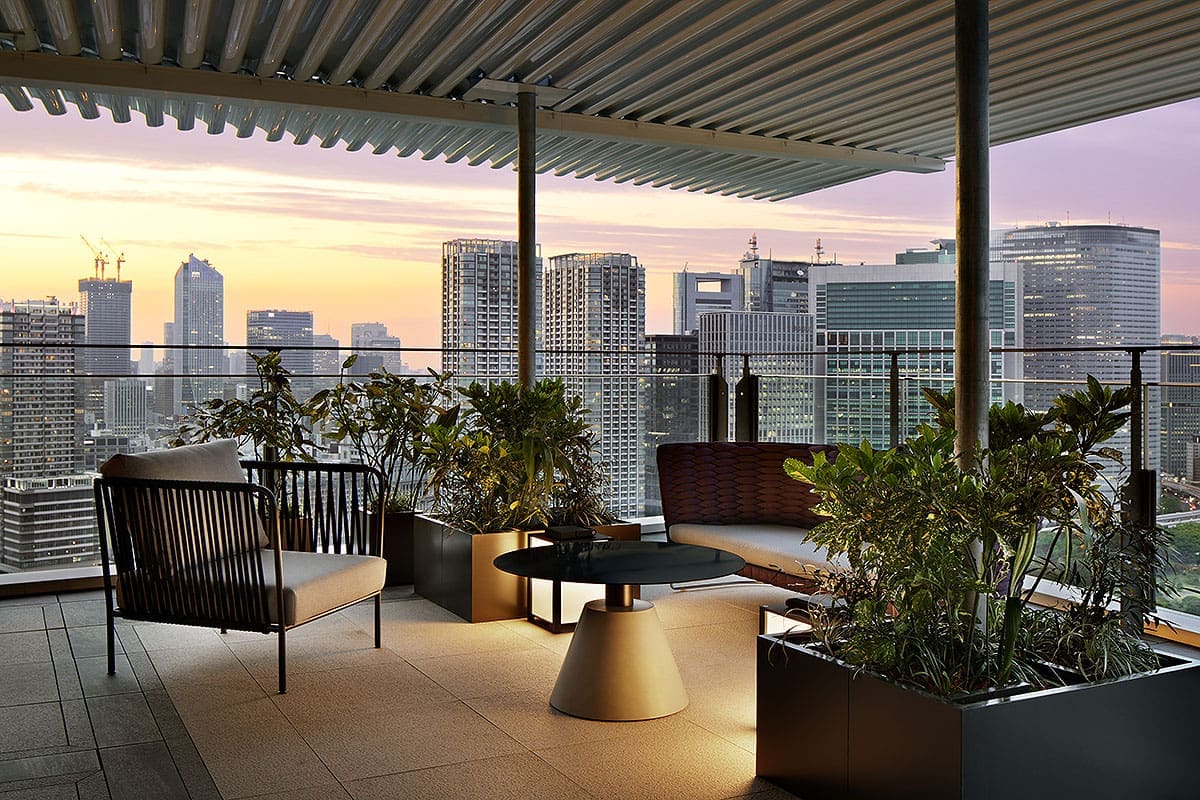
Another perfect example of this is the Tokyo Mesm Hotel right in the heart of Takeshiba next to the railway station. Relatively new – it was built during Covid so hasn’t seen too many foreign guests yet – the Mesm is not like most hotels you’ve ever stayed at as it is outrageously arty inside and has been set up with 21st century philosophies very much in mind. Yet there also lingers whiffs of ancient credos that can be traced back to medieval Japanese thought. All with spectacular views over the piers of Tokyo Bay and the Hamarikyu Gardens, that were the exclusive preserve of emperors until 1946, to boot.
The hotel’s very name gives you a hint of their attitude as it is short for: Mesmerised. The staff here don’t want your stay to be the usual passive accommodation experience; they want their guests to be inspired while at the Mesm. This inspiration takes many forms; some incredible, some weird and some, well, just bizarre!
Tokyo Wave – a sum greater than its parts
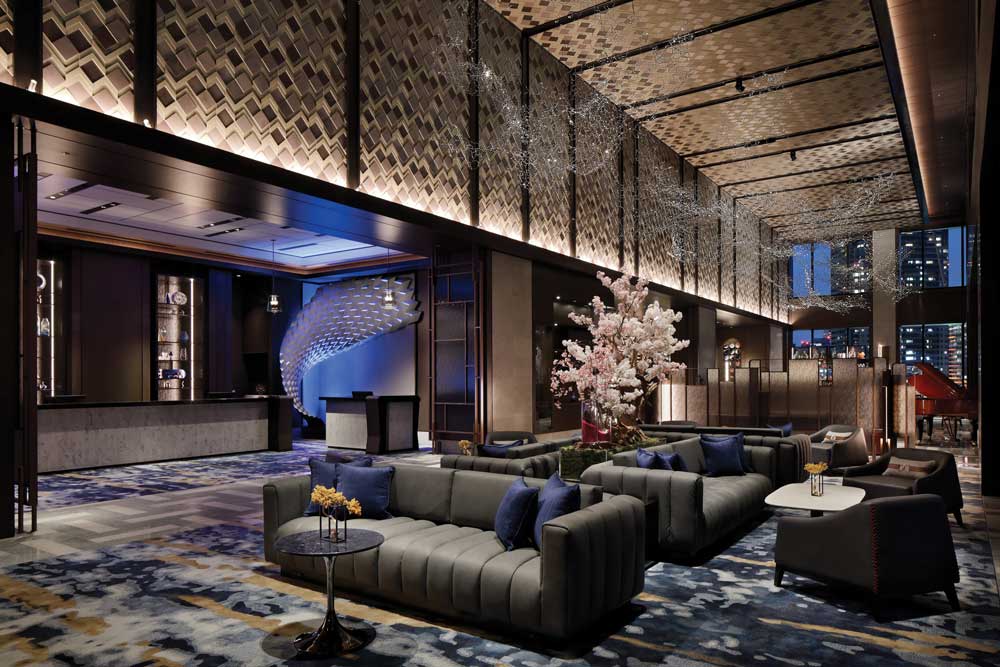
The Mesm’s founders use a concept they call ‘Tokyo Waves’ to achieve their goal in that they want their visitors to experience Tokyo’s latest trends in fashion, art, technology and lifestyle to hit them in waves during their stay. And it works! All of your senses are spiked during your visit; visually you cannot step far without seeing some colossal art installation or peculiar nick nack – and aurally you are challenged too. Instead of just having passive Muzak in the background, the Mesm was playing two tracks at the same time while I was there. One was a traditional Japanese folk song while the other was a brass bluesy number straight out of 1950s Chicago. The fact that both were in completely different styles – and tempos! – was just whacked out but I’m sure Brian Eno would approve. Music is obviously very important to the Mesm – there’s a Casio keyboard in every guest’s room, just in case the songwriting mood hits you – and a grand piano in every lounge.
Packaging ideas
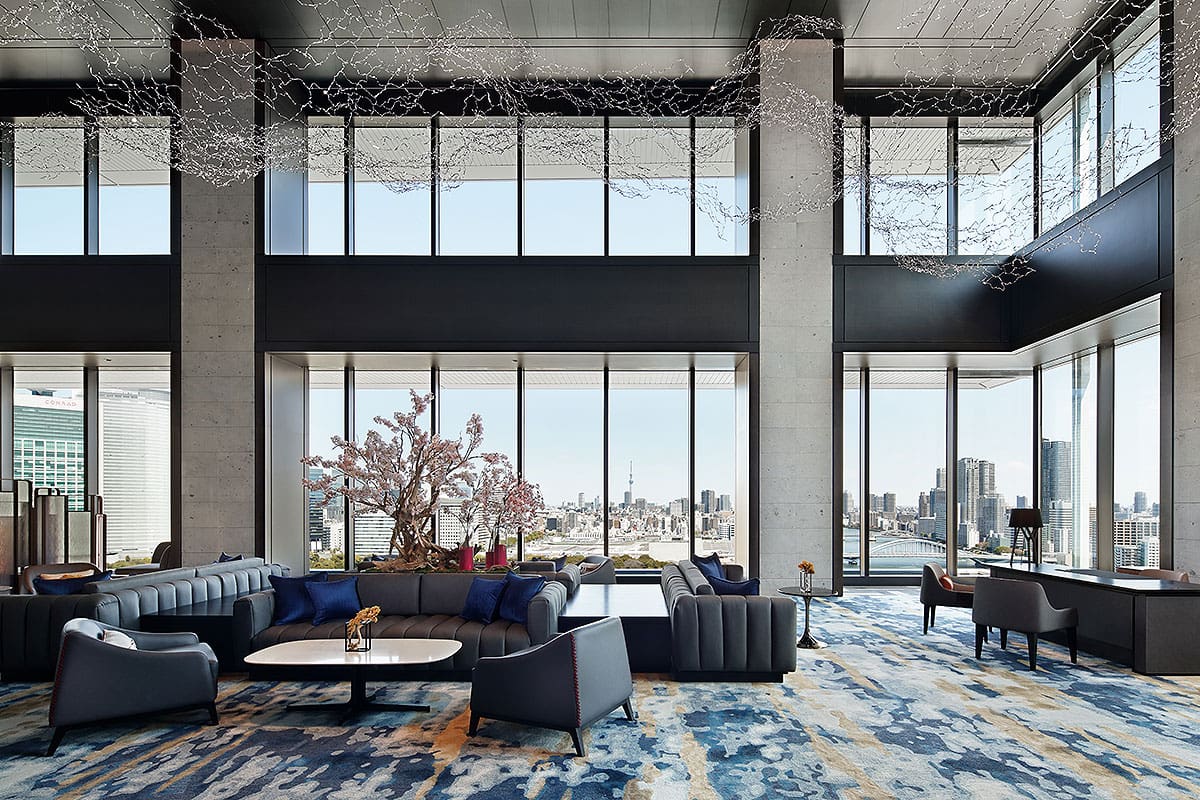
Flipflopping over into a more traditional mode; Tsutsumi, or the Japanese art of packaging, is also in every room with another Tokyo Wave piece of ingenuity. In this case what looked like a book on the sideboard can then be opened to reveal a set of miniboxes, each containing toiletry treasures like toothbrushes, shaving gel and hairnets. These miniboxes have been arranged together like a jigsaw to create a nautical scene in an ode to ye olde Takeshiba back in the days when it served as the port for Tokyo. A classic example of how the Mesm makes something interesting and relevant out of something usually relegated to the banal. Plus, in a nod to 21st century sustainability sensibilities, all the shampoo and body soap bottles are made from rubber-coated glass so that they can be refilled and reused rather than discarded.

But perhaps the most emphatic statement of Tokyo Wave came with breakfast. Alongside the usual delicious fare of grilled salmon, rice and omelette came a rack of five small glasses containing drinks of different colours. You see, the Hotel Mesm wants you to start the day with all five senses tingling and ready to take in the wonders of the world as they present themselves throughout your journey. In doing this, they crossed over from mere host into being a friendly guide for me.
Total Hospo
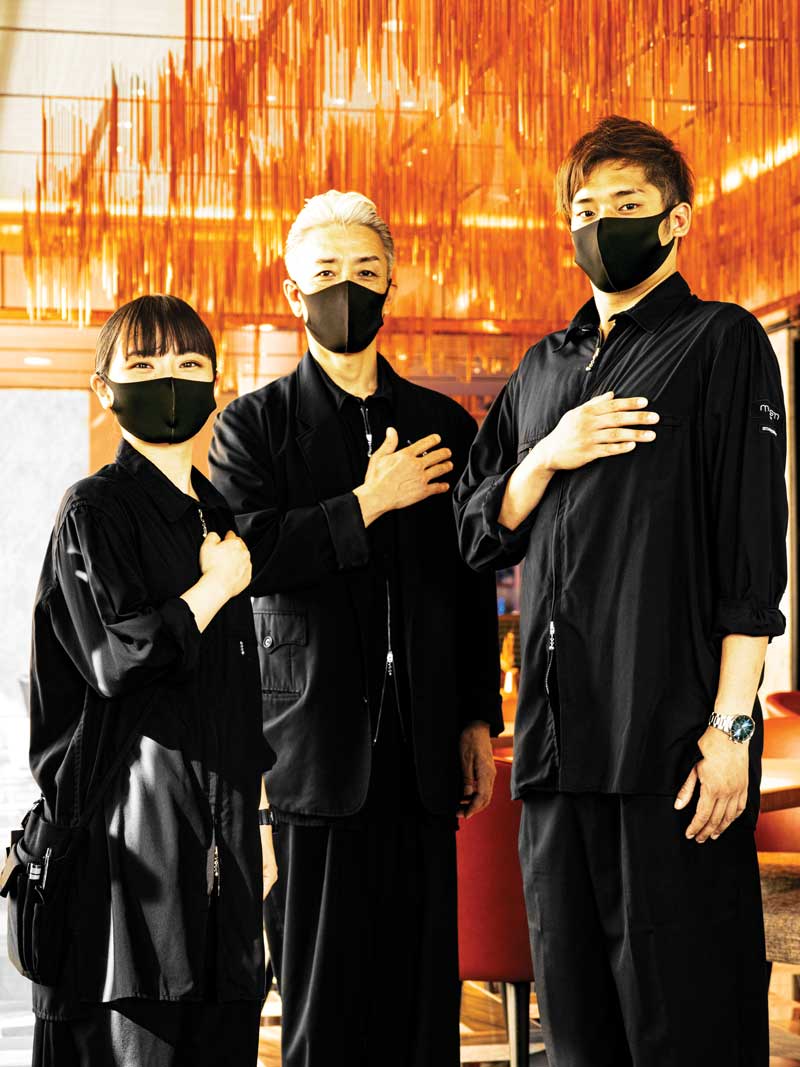
Even the staff at the Mesm are unlike most hospo workers in that they dress differently, more like nightclub waiters than hoteliers. They all wear the same shapeless all black uniforms, both male and female, and there is no differentiation between roles. That’s because, like Johan Cruyff’s Dutch Total Football team of the 1970s, this is Total Hospitality where the same woman who greets you at the door may be serving you dinner later. And that barman who pops that olive into your Martini may be collecting your laundry tomorrow morning too. It may not sound like much but it does have an effect; you feel like you are amongst a cult – not a scary crazy one, but one dedicated to exploring where the future will take us. A future that is not based on the usual cold technology portrayed in Sci-Fi films but on the relationships between people and how we all will feed our senses and emotions in this new ‘enlightened’ world to come.
The perfect appetiser
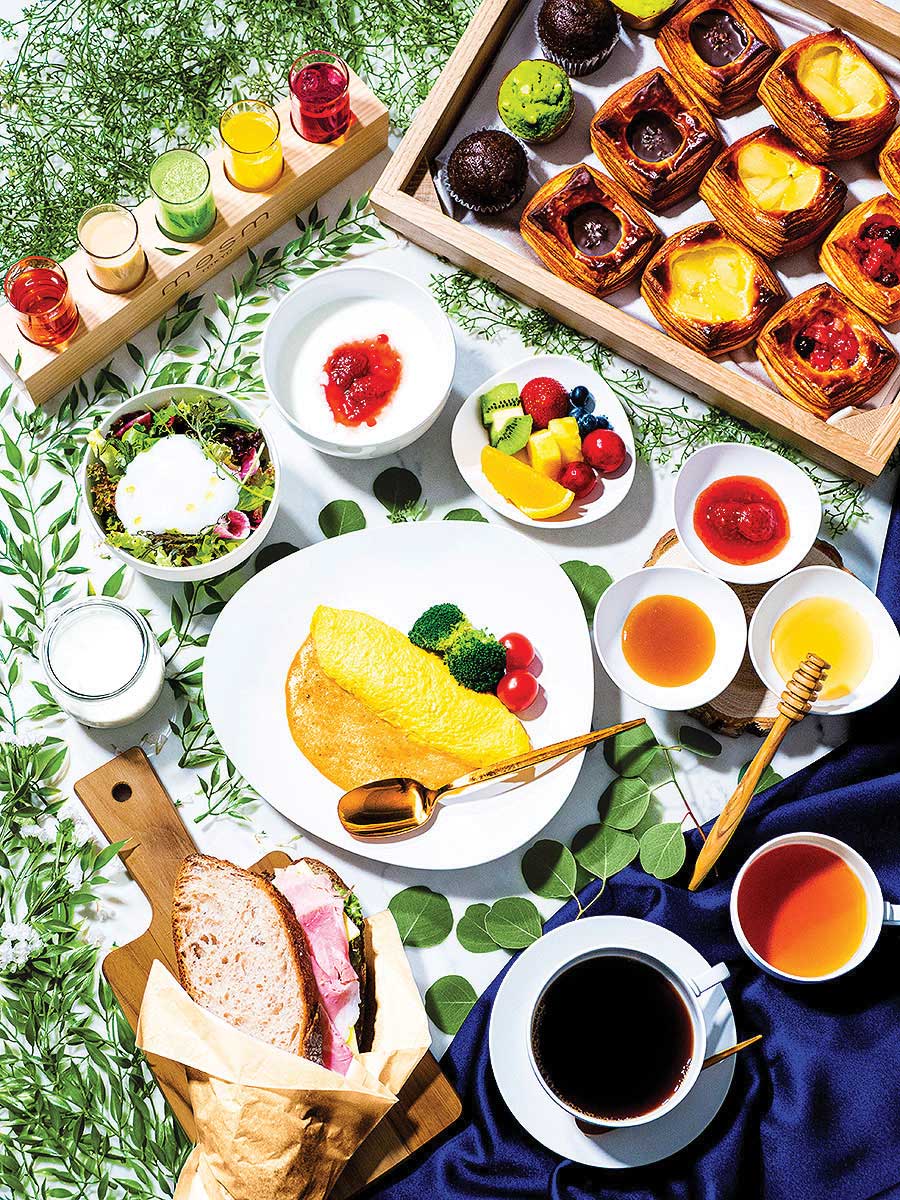
The Hotel Mesm is intoxicating and thought-provoking in equal measure. It is not like your usual humdrum vanilla accommodation that’s for sure, but that doesn’t have to be intimidating. The Mesm is a fascinating look at what hotels could – or is that should? – be right across the world. It also begs the question; why are 99% of our current accommodation options so bland? Why do we settle for inoffensive and colourless when we could have something that serves as a tasty entrée for the town, city or region we are visiting?
It takes a truly colossal effort of combined and sustained creativity for mere accommodation to make as much of an impact on your memories as all the crazy people and ideas you can see in a massive and wildly varied city such as Tokyo – yet the Hotel Mesm did for me. Like their jigsaw toiletries book, the Mesm have brought together some of the modern, traditional and eccentric aspects of Tokyo and pieced them together to create an atmosphere that prepares you for your journeys ahead. So, for this reason, I cannot think of a better way to kick off an expedition into the largest, most bizarre, ultra-modern and yet traditional city in the world than by starting out from the hotel that is like a miniature encapsulation of it all.

